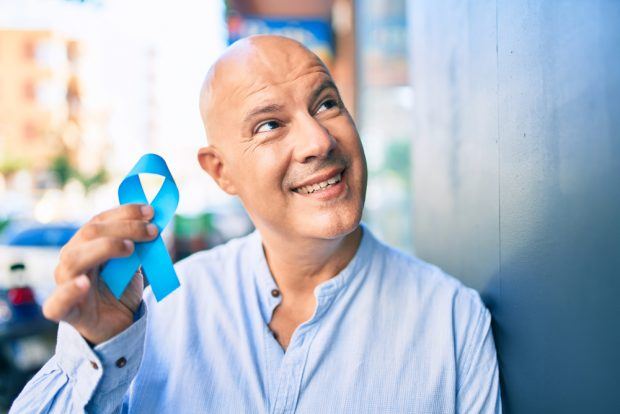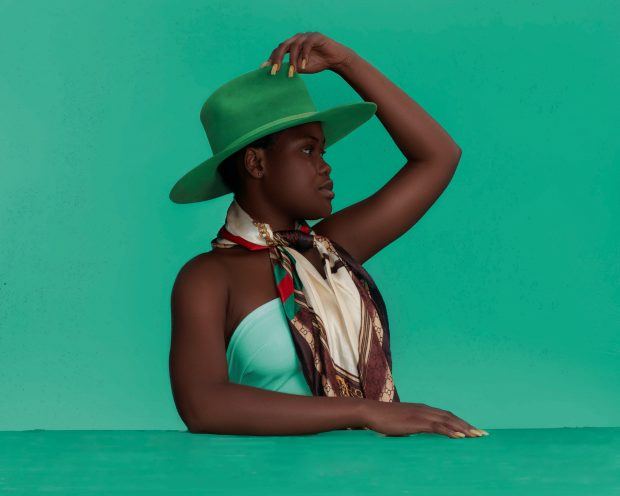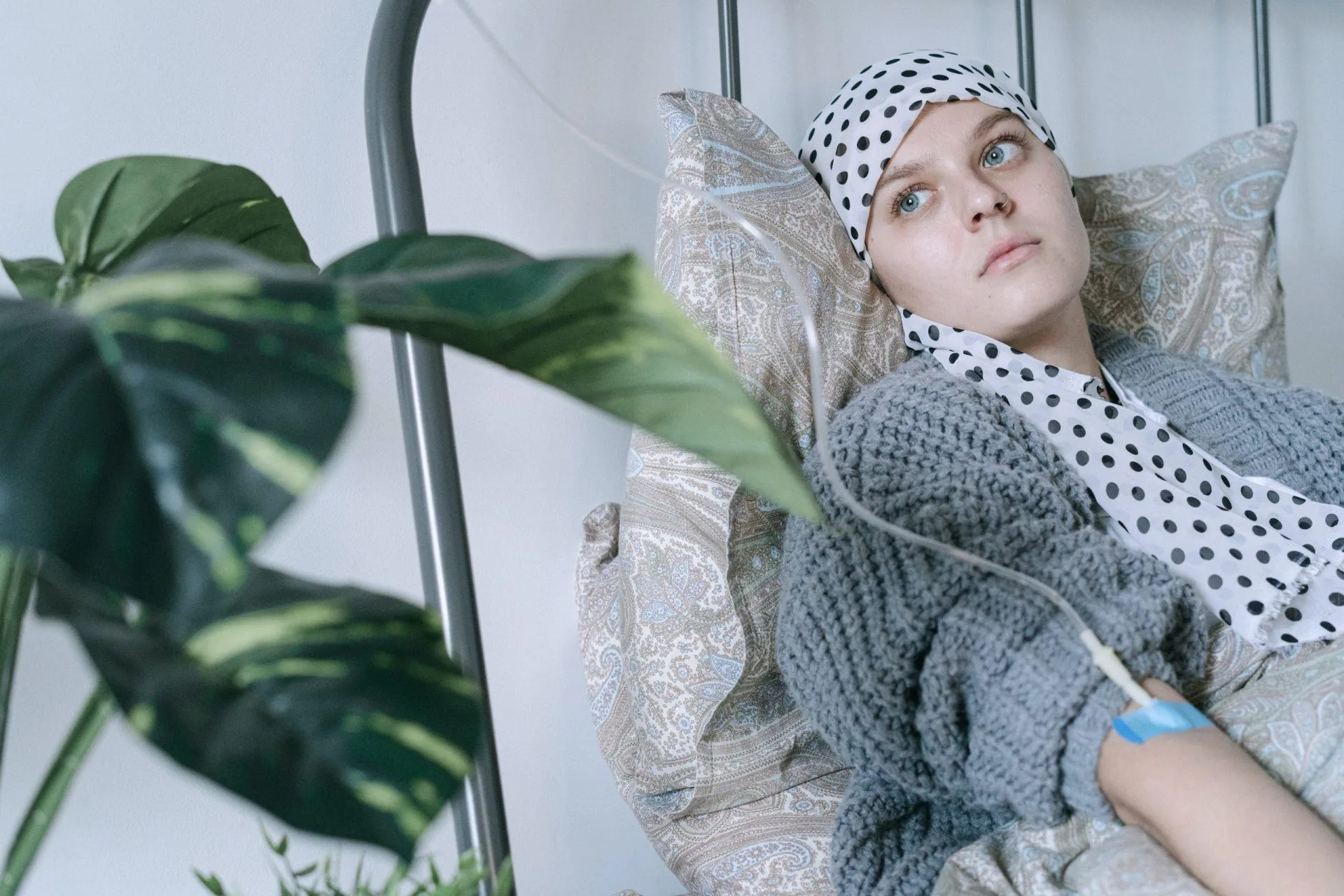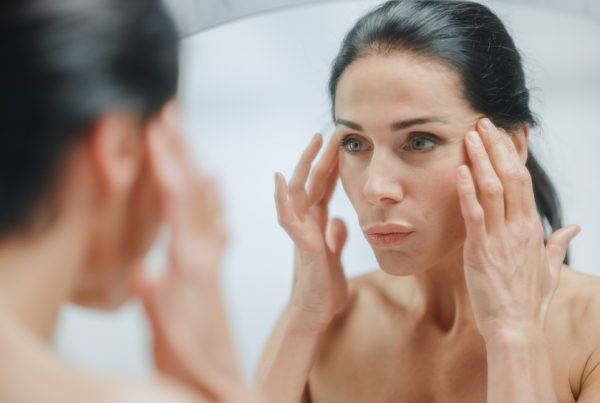Hair loss or alopecia is a challenging side effect of cancer treatment you may face as a cancer patient. Alopecia doesn’t cause you any physical pain. However, every time you look in the mirror, the constant change in your personality causes severe mental stress and anxiety.
You might be wondering if you will lose your hair permanently and many other questions like that. But you don’t need to be fearful about it. Every problem carries its solution. Stay connected with us because we all have to diminish your worries related to hair fall.
Chemotherapy and Hair Loss
In chemotherapy, the chemicals destroy the body’s rapidly growing cells (cancerous and normal). Unfortunately, they harm the hair follicle cells and initiate baldness. Chemotherapeutic medicines also knock down other body’s hair like arms, legs, private areas, etc.
So, how much hair will you lose, and from where? Well, that depends on the cancer treatment such as the severity of the disease, doses of chemo medicines, therapy duration, and other nutritional factors. However, after three to six months of treatment, your hair will start growing again. At that time, you may feel the change in them in many aspects that will diminish with time.
We have some tips that can help you to go through this period optimistically. Let’s dive into it.
Embrace Your Baldness

Krakenimages.com/Shutterstock
Since chemotherapy causes you baldness, now, the only choice is to accept yourself by embracing it. At that time, you need to build up your confidence. Many celebrities have shaved their heads just for a rocking look; Jason Statham, Dwayne, and Bruce Willis are no exception. So why not? You can look attractive without hair. However, there are certain options that you can try with your shaved head.
Swap Your Styling Choices
So, if you’ve lost your hair entirely, instead of stressing yourself, get up and try some elegant styling. When you go skinhead, it’s time to wear dresses that complement your bald head nicely. For instance, you can try dark colors for fair skin and light for the opposite taste.
Moreover, you can swap your look with glasses and a growing beard (for males). There are other choices for women too.
Experiment with Scarves and Hats

Photo by Gilbert Anthony
As a woman, it’s quite depressing being bald. But be bold and go for some quirky looks. If the cancer treatment leaves you with little or no hair, then it’s time to add the latest scarves, bandanas, and hats to your wardrobe.
There are hats with artificial knitted hair that can precisely cover your baldness. However, you should prefer soft synthetic hats, beanies, and fedora to mask your bare scalp without any irritation.
Consult for Supplements / Ointments

Umpaporn/Shutterstock
If your hair is not growing normally after therapy, you must consult your doctor. They can better prescribe supplements or ointments as a solution.
However, Minoxidil and Viviscal are medications recommended mainly by physicians in alopecia. Clinical studies revealed that patients who took Viviscal got a 75.3% decrease in hair loss and a 92% improvement in hair thickness. But it’s better to always consult before experimenting with anything.
To reduce chemotherapy pain, you can use delta 8 gummies. These gummies can also ease your anxiety and stress during cancer treatment. According to a recent study, Delta-8 THC can be an effective alternative to prevent nausea and vomiting during chemotherapy sessions.
Tips for Picking the Best Wig for You
A wig is the most natural way to cope with chemo-related hair loss among all the wearing caps, turbans, and toppers. There are many colors, lengths, and styles available; how can you find the perfect one for yourself? Relax buddy! Here is everything you need to know.
1. Measure Your Head Size
The first thing while buying a wig is to make sure it fits you cozily. Only a perfect size makes you look more natural, and comfortable and protects you from itching, rashes, and suffocation.
Taking your head’s measurements can assist you in purchasing the ideal wig. For that, we recommend that you give priority to retailing stores over online sales. This way, you will be able to make practical adjustments to your wiggy.
2. Shaving Your Head to Make the Next Move
To wear your hairpiece seamlessly, it’s better to buzz your head. By doing so, your artificial hair will look like it is growing out of the scalp. Moreover, cutting your hair short before chemotherapy will save you from massive calvity trauma.
The most acceptable way to shave your head is using a men’s clipper. Therefore, you should avoid using a razor for shaving as it causes ingrown hair problems—for instance, scalp bumps, irritation, or hurt.
3. Choose Hair Type
In the market, human and synthetic hair is at one’s fingertip. Having on human hair will give you a natural and long-lasting appearance. You can carry and style it as your natural hair, with versatile styling and customization options.
Conversely, synthetic wigs are more sheen, lightweight, less tangible, and limited styling options. But they are inexpensive and great for short-term usage.
4. Wig Cap Construction
Another critical element is to find a fitting cap for your hair extensions. The correct cap imparts a significant effect on your hairline, hairdo, and snuggling.
We shortlist a few alternatives for you.
Lace front wig: You can wear it effortlessly in summer. It offers you a realistic and versatile look. That’s because the dyed stretchy lace matches your skin color, hence offering you a natural hair appearance.
100% Hand-knotted wig: This wig cap has all the hair knotted individually by professionals. If you have a sensitive scalp, it goes well all day smoothly. Also, this type of construction can hold out different hairdo choices.
Wefted wigs: The basic weft caps come in limited style, yet they can make your head calm and relaxed with their open weft ventilation make-up.
Monofilament top wig: You will never go wrong with a monofilament top.
Soft and genuine hair emanates when making partitions.
5. Face Shape Compatibility
Your unique face cuts have a significant influence on picking a particular hairpiece. You must pay heed to your face shape to buy charming hair extensions that fit you nicely. Let’s have a look at it.
Round: Both long and short wigs without edges can make a wonder for your round face.
Oval: You are lucky because any wig styling suits you.
Square: Longer and layered hairpieces can be suitable for you.
Pear: Sway extensions are fantastic for trimming your thick, extensive jaw.
Heart: You need to pick the high-volume constructions for making the balance.
Elongated: For elongated face formations, you can wear long wavy artificial hair.
6. Visit Your Stylist Regularly
Before purchasing the wig, it’s better to consult experts. They have acquired exceptional knowledge in styling. So, they can guide you excellently according to your skin color, tone, and face shape.
Moreover, you can visit your hairdresser now and then for modern and fresh hair personalization.
7. Style and Design
You can also try new styles and designs like a blue hue. Such as, you can try blondes, shades, and other hairdos that are in fashion. In this way, you can beat your baldness courageously.
Final Thoughts
Indeed, you would have to endure many changes during the cancer ailment. However, picking the best wig and carrying it perfectly is all that matters. We hope this write-up is thoughtful for you.





![women [longevity live]](https://longevitylive.com/wp-content/uploads/2020/01/photo-of-women-walking-down-the-street-1116984-100x100.jpg)










